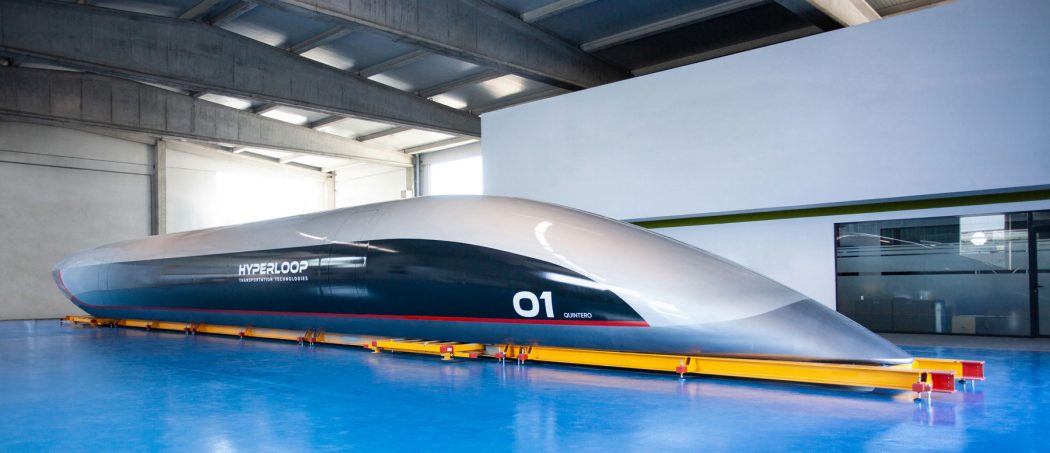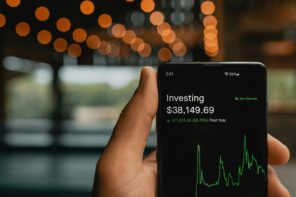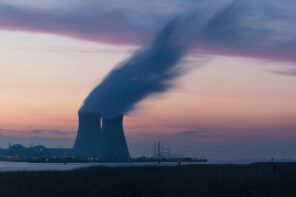In 2013, Elon Musk published a paper unveiling the technological foundations for a new method of transportation: the hyperloop. Since then, Musk’s The Boring Company and a handful of others have begun developing and testing this technology with growing success, indicating that the future of transportation is closer than we think.
What exactly is a hyperloop? The technology resembles an ultra-modern monorail, where a hyperloop pod (i.e. a train car) is propelled by magnetic levitation inside a vacuum sealed tube. Due to the lack of air resistance and friction in this environment, the pod is able to transport passengers at speeds over one thousand kilometres per hour. At this rate, a trip from Montréal to Toronto, which typically lasts one hour and twenty minutes by plane, would be reduced to only thirty-nine minutes.
A trip from Montréal to Toronto… would be reduced to only thirty-nine minutes.
To most investors, this idea sounds like it came straight from a science fiction novel and would take decades to develop. However, hyperloops become increasingly possible with each passing day. In November 2020, the company Virgin Hyperloop demonstrated that the technology can be implemented safely after a successful trial transported CEO Josh Giegel and Head of Passenger Experience Sara Luchian for a quarter mile at over 160 kilometers per hour on a testing facility in Nevada. Although far from a fully functioning hyperloop, the test proved the feasibility of the technology, a crucial step necessary to secure funding for further innovation.
Once fully developed, hyperloops will not only disrupt leisure travel by reducing travel times exponentially, but their speed will also have a tremendous impact on business activity and the economy. Picture the cities of Montréal, Ottawa and Toronto. Today, these cities are separate urban areas, each their own centre for commercial activity. While commuting between them is possible, this usually takes entire days.
Hyperloops could change this, since reducing travel times will create one super network and economy between the three locations. Using Virgin Hyperloop’s travel time calculator, it is possible that someone living in Ottawa could arrive in sixteen minutes at their office in Montréal then travel to a client meeting in Toronto in just under forty minutes, and then arrive all the way back home in less than half an hour. Effectively, hyperloops have the potential to combine the economic capacities and social networks of individual cities in a way that will revolutionize modern economies.
Hyperloops have the potential to combine the economic capacities and social networks… in a way that will revolutionize modern economies.
Businesses that rely on extensive and high cost shipping, such as Amazon, FedEx and most manufacturers, will also benefit immensely from hyperloop networks. Future hyperloop distribution hubs have the potential to completely replace truck hauling operations and serve as a substitute for short-distance cargo flights. This replacement would cut transportation costs and delivery times substantially, ultimately reducing prices for consumers. Governments and civilian populations will also benefit from this, since it will lead to less cargo-hauling over road networks and thus increase capacity on highways and reduce congestion in cities. Additionally, hyperloops will help cut carbon emissions significantly by substituting traditional means of transportation that consume fossil fuels, such as airplane travel or cars, for renewable energy-powered hyperloops.
The potential benefits of hyperloops provide attractive incentives for governments and private parties to support their development. Nonetheless, the extremely high capital requirements and questions about whether or not hyperloops can be commercialized halt the flow of investment and the adoption of this new technology. According to a recent Bloomberg video, it is estimated that every kilometer of track will cost $60 million dollars, meaning that a track between Toronto and Montréal will cost approximately $30.18 billion. Moreover, there are still finer aspects of the technology, such as the mechanism for pods to change magnetic tracks, that are yet to be mastered if hyperloop networks are to become a reality.
Although the financial and technical challenges of hyperloops may seem insurmountable, the technology is evolving rapidly, and an increasing number of companies and investors are recognizing their potential. Propelled by their many benefits, it is likely that hyperloops will continue to see massive gains in their development and overcome more major obstacles, bringing this idea closer to fruition. Perhaps one day, people and goods will be able to travel continents with the same ease with which we travel through a city by metro.








